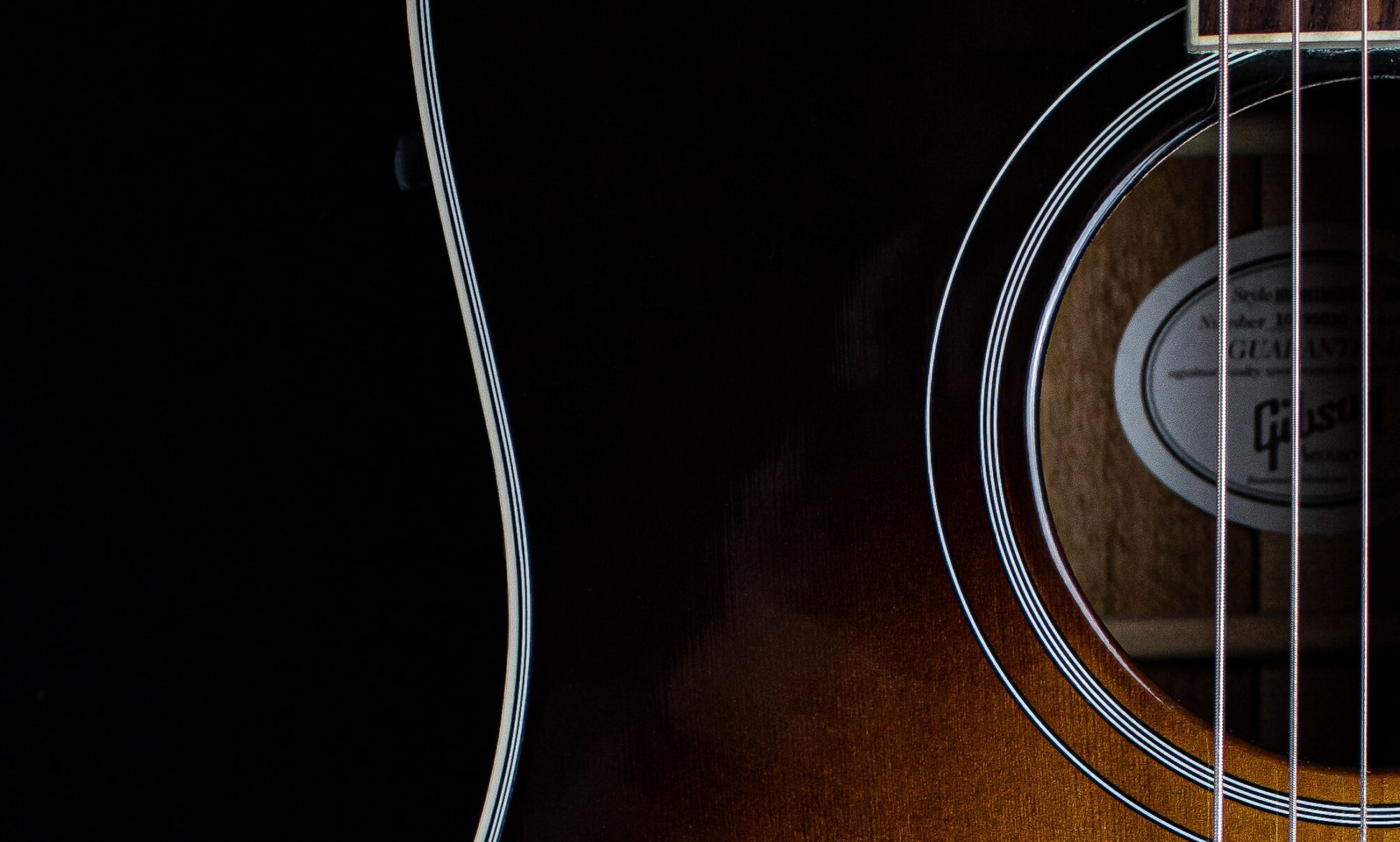One of the styles of music I love to play, and love to teach, is the blues. Much of modern pop and rock music owes its distinctive sound to the rhythms, harmonies and scales used by the American blues musicians. The Blues had its roots in the south of the USA, in the Mississippi delta region, and the first blues guitarists often sang on street corners. They developed the resonator guitar, made of steel, to help produce a louder sound. Look out for Son House and Robert Johnson as exemplars of this early blues. After the second world war, many people from the South moved north to Chicago and Detroit, and blues began to feature the electric guitar. Have a listen to performers like Muddy Waters, B.B. King and John Lee Hooker, who were playing right through the fifties, sixties, seventies and beyond. B.B. King still performs to this day, in his 80’s! These players really influenced the British blues/rock explosion that occurred in the late sixties and early seventies. Such big names as Eric Clapton and Keith Richards (Rolling Stones) were big fans, and through these players and their contemporaries, the blues features of the bend, the pentatonic scale and the dominant seventh chord, found their way into rock and roll and popular music, and are still a big feature in today’s rock and pop. Australia’s own John Butler is also well worth a listen, with roots in the blues!
To play the blues, one needs to work on several areas of playing. Firstly, get the minor pentatonic scale under your fingers! Secondly, work on getting some bends happening, especially bending the flat 3rd, the 4th and the flat 7th. Thirdly work on some phrasing. A lot of the blues is based on call and response type melodies, that have their origins in the field hollers on the slave plantations of the American South. So think in terms of 2 bar phrases, with the second phrase repeating (perhaps with some variation) the first, and then going on to a new phrase! And finally, don’t forget to exercise your ears. Put on your favourite record, and see if you can play along. Even if you can pick out one or two notes here and there, it will help you to hear in a new way the music that is being played, and eventually will help you to play it yourself on the guitar!
